Navigating Digital Transformation: The Shift to a Knowledge-Driven Holding
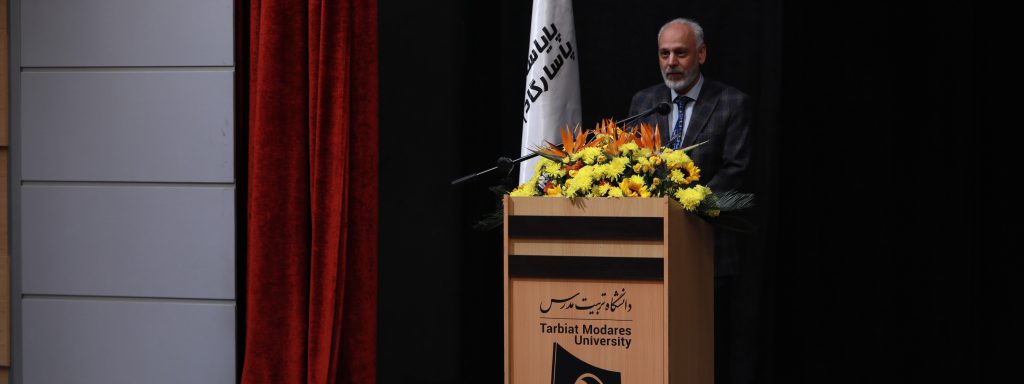
PayaSazeh Pasargad Engages in 12th AI Sales Transformation Forum

How 5D BIM is Transforming Cost Estimation and Budgeting in Construction
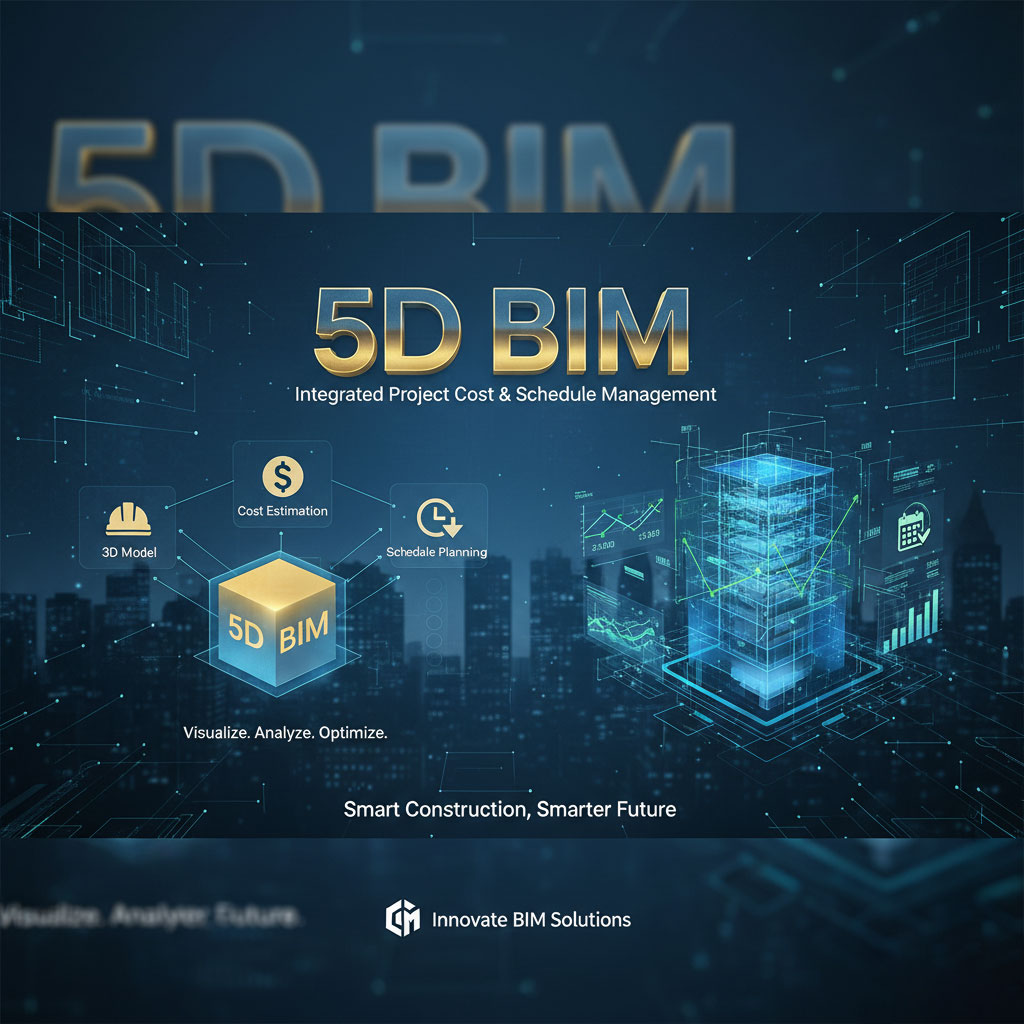
The construction industry, a titan of the global economy, has long struggled with a stubborn paradox. Despite its immense importance, it has consistently lagged behind other sectors in productivity. For decades, projects have been plagued by chronic budget overruns, frustrating schedule delays, and frequent disputes. A primary cause of this inefficiency stems from the industry’s reliance on traditional, fragmented methods for managing project costs. However, a digital revolution is reshaping this landscape. At its core is Building Information Modeling (BIM), and specifically its fifth dimension—5D BIM—which is fundamentally transforming cost estimation and budgeting.
This technology represents a paradigm shift, moving financial management from a reactive, error-prone accounting task to a proactive, data-driven project control system. By integrating cost data directly into a project’s 3D model, 5D BIM cost estimation offers a new era of accuracy, transparency, and efficiency for the Architecture, Engineering, and Construction (AEC) industry.
BIM and Prefabrication: The Future of Efficient Construction

The global architecture, engineering, and construction (AEC) industry is at a critical inflection point. For decades, it has faced persistent challenges of low productivity, frequent cost overruns, significant material waste, and a large environmental footprint. In response, two transformative paradigms have emerged as the twin pillars of a modern, industrialized solution: Building Information Modeling (BIM) and Prefabrication.
How to Build a 3D-printed House

The image is captivating and futuristic. A robotic arm gracefully extrudes ribbons of concrete, building the walls of a 3D-printed house from the ground up, layer by layer. It’s a scene that seems to leap directly from science fiction. Yet, across the globe, this is becoming a tangible reality. While our first article explored 3D printing’s revolutionary potential, this post will pull back the curtain on the practical process.
LSF Structures: Why the Future of Construction is Light and Fast
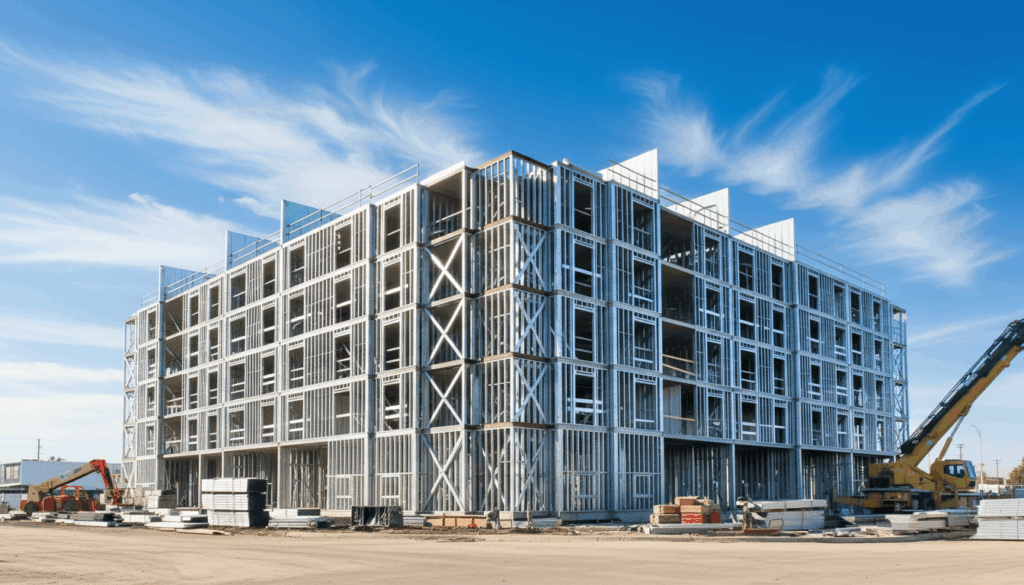
The construction industry faces constant challenges like tight deadlines and rising costs. Additionally, there is a growing demand for sustainability. Therefore, the search for smarter building methods has become critical. For decades, slow and heavy processes defined traditional construction. Specifically, this involved labor-intensive concrete and masonry. However, a powerful shift is underway. An evolutionary technology, Light Steel Framing (LSF), drives this change.
3D Printing in Construction: Opportunities and Challenges
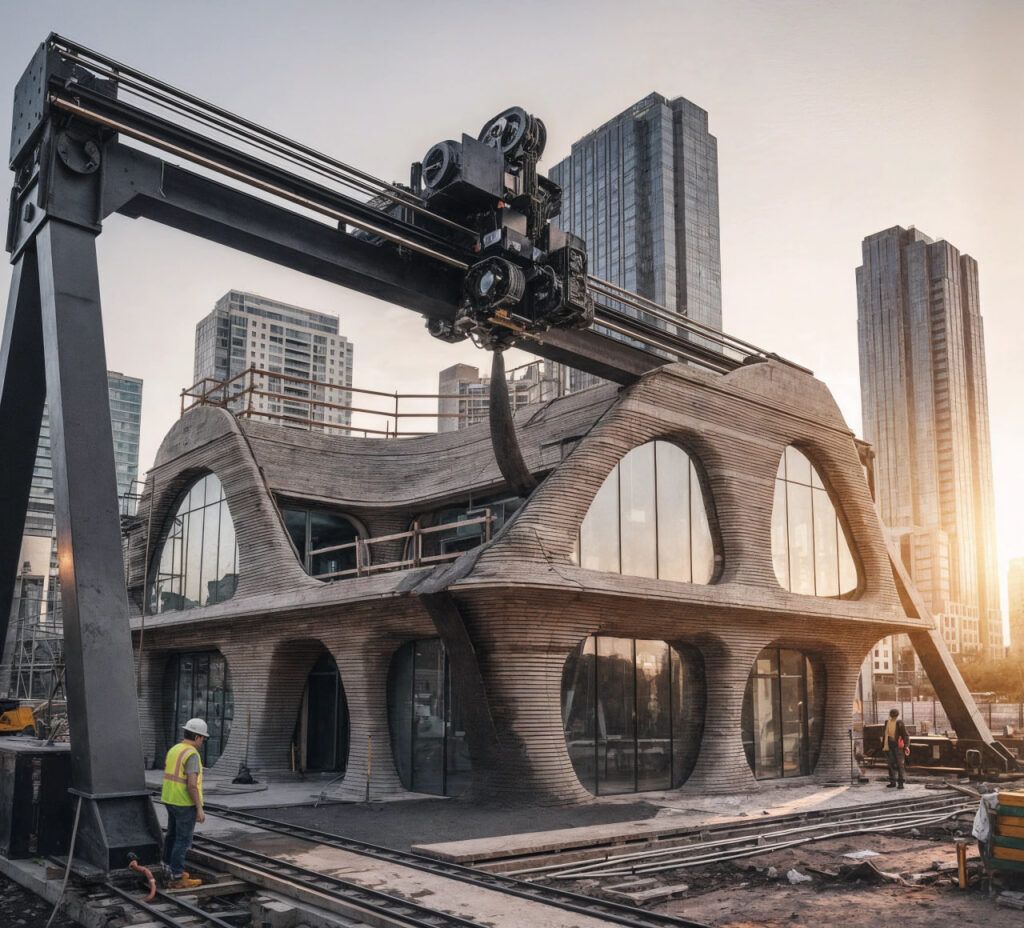
This series has explored the revolutionary potential of construction 3D printing. In addition, we have examined the practical process of building a house with this technology. The vision is compelling: a future where we can construct buildings faster, with less waste, and with greater architectural freedom. However, the path from a groundbreaking innovation to an industry standard is never simple. Indeed, this road presents both immense opportunities and significant obstacles.
A Step-by-Step Guide to Building a Villa with the LSF System
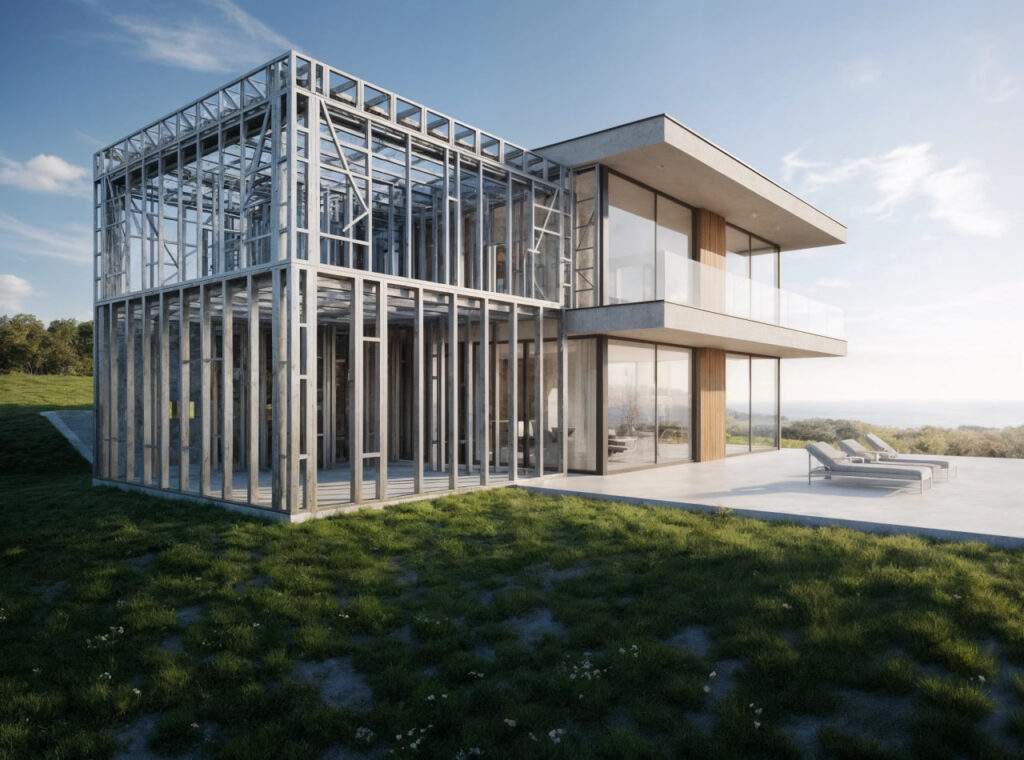
LSF system: The dream of building a custom villa often battles vision with reality. The vision is one of architectural beauty, personalized spaces, and a place to call home. However, the reality can be a long, unpredictable process. It is often filled with delays, budget overruns, and the uncertainties of traditional construction. Fortunately, a modern method can align reality more closely with the dream. This is the promise of Light Steel Framing (LSF). By transforming construction into a precise process, LSF provides unmatched predictability and control. This guide walks you through the LSF system for building a villa, step by step. Ultimately, we will show how modern engineering creates a better path to your dream home.
3D Printing: The Next Revolution in the Construction Industry?

For decades, the construction industry has been an outlier. Indeed, while sectors like manufacturing and technology underwent waves of transformation, construction has remained bound by tradition. As a result, it continues to grapple with persistent challenges. These include chronic labor shortages, significant material waste, and high rates of on-site accidents. However, a new technology is now emerging from science fiction into practical reality. This technology promises to challenge every one of these foundational weaknesses.
LSF: A Comprehensive Comparison with Traditional Structures

Choosing the right structural system is crucial for project success. While concrete and hot-rolled steel have long been the standards, Light Steel Framing (LSF) now presents a powerful alternative. This comprehensive guide provides a head-to-head comparison of all three systems, analyzing critical factors like construction speed, total project cost, precision, and sustainability to help you make an informed decision.

